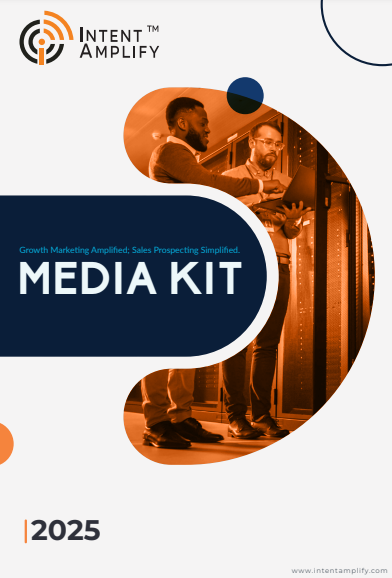
What Happens When You Combine Intent Data With Location-Based Marketing
- Last updated on: October 24, 2025
B2B buyers leave signals everywhere. They search, browse, attend events, download assets, and engage across channels. Each action tells a story about what they need, when they need it, and how close they are to making a decision.
Intent data captures these signals. Location-based marketing (LBM) brings real-world context into the picture. When combined, they form a powerful alignment: knowing who is interested and where they are at the exact moment of engagement. For growth-focused B2B brands, this combination can turn awareness into influence and influence into measurable revenue impact.
Understanding the Two Data Streams
What Intent Data Does?
Intent data tracks digital behaviors that show buying interest. This includes search terms, content consumption, comparison page visits, webinar attendance, and industry research patterns. It answers the question: “Who is actively in-market and researching solutions like ours?”
What Location-Based Marketing Does?
Location-based marketing uses real-time geographic signals to engage prospects in specific physical contexts. Examples include trade shows, corporate campuses, partner events, and industry gatherings. It answers the question: “Where are our prospects physically present and when should we engage?”
Why These Strategies Work Better Together?
B2B buying happens across online and offline environments. Intent data shows the digital journey. Location data shows physical presence. When you combine both, you unlock timing, relevance, and precision that traditional campaigns can’t match.
1. Smarter Targeting
Intent identifies accounts that are researching your category. Location identifies where these accounts gather. Together, they help you prioritize outreach when interest is active and context is relevant.
2. Higher Event and Field Marketing ROI
Events are expensive. Traffic is competitive. Using intent data, you know which accounts will benefit from engagement. Using geofencing and proximity targeting, you ensure they actually visit your booth, suite, or session. This turns events from “visibility activities” into pipeline acceleration moments.
3. Personalized Engagement in the Right Moment
Context shapes perception. A message sent to the right account while they are at an industry event feels timely, relevant, and useful. This leads to stronger response rates and deeper brand recall.
4. Better Lead Qualification and Scoring
Location-based interactions serve as high-value behavioral signals. If a prospect with strong intent also visits your booth or event zone, they are a priority account. Your scoring model becomes more accurate, and your sales team gets more meaningful conversations.
Example Use Case: Targeting Buying Committees at Events
Let’s say a cybersecurity brand is attending the RSA Conference. Using intent data, they identify 200 accounts actively researching endpoint security and zero trust models. They then geofence the event venue and nearby hotels.
As key decision-makers enter the zone, they receive:
- LinkedIn ads personalized by industry
- SMS or push notifications with booth invites
- Sponsored content promoting private demo rooms
- Automated follow-up emails during and after the event
After the conference, the brand retargets these same accounts with personalized nurture sequences based on session attendance patterns and booth engagement. This bridges the online-offline gap and moves high-intent buyers forward at the right time.
Tech Stack: What You Need to Enable This Strategy
To execute this effectively, your stack should include:
- Intent Data Platform: Bombora, G2, 6sense, Demandbase, etc.
- Location/Geofencing Tool: Foursquare, GroundTruth, Bluedot, or programmatic DSPs with geotargeting.
- ABM Platform: To align messaging and ensure orchestration.
- CRM + Marketing Automation: HubSpot, Marketo, Salesforce, or Pardot.
The key is integration — not just more tools. Your workflows should move seamlessly from insight → segmentation → activation → handoff → reporting.
Privacy and Transparency Are Critical
B2B buyers expect personalization, not surveillance.
Always ensure:
- Clear consent policies
- Ethical data sourcing
- Value-driven messaging
- No intrusive or hyper-aggressive targeting
Relevance builds trust. Trust drives revenue.
Predictive Location + Predictive Intent
The next evolution will use AI to forecast where high-intent buyers will be before they arrive.
This will allow brands to prepare outreach strategies that anticipate movement across digital and physical touchpoints. B2B marketing is shifting from reactive engagement to real-time contextual influence.
Final Thoughts
When intent data and location-based marketing work together, your strategy becomes smarter, more efficient, and more human. You don’t just know who to target. You know when and where to engage them to create meaningful business conversations.
At Intent Amplify®, we help B2B organizations integrate intent intelligence, geotargeting, and ABM orchestration to drive higher pipeline impact and revenue outcomes. Let’s discuss how to activate this strategy for your next event or campaign.
FAQs
1. What makes combining intent data and location-based marketing effective?
Intent data tells you who is actively researching your solution. Location-based marketing tells you where those buyers are physically present. Together, they enable timely, relevant engagement that aligns with real buying moments — not assumptions.
2. Do I need advanced tools to run this strategy?
Not necessarily. You need three core capabilities:
- An intent data provider (e.g., Bombora, G2, 6sense)
- A geofencing or proximity targeting platform
- A CRM or ABM platform to orchestrate messaging
The value comes from integration and alignment, not the number of tools.
3. Is this approach only useful for events?
Events are a high-impact use case, but not the only one. You can target prospects near partner headquarters, customer visits, industry hubs, corporate campuses, or regional offices. It works anywhere your audience moves in the real world.
4. How does this support ABM programs?
ABM thrives on relevance and timing. Combining intent + location creates micro-moments of influence when key decision-makers are more open to conversation. It accelerates pipeline by engaging accounts during real buying interest, not passive awareness.
5. Are there privacy risks with location-based targeting?
Only if done without consent or transparency. Ethical execution requires:
- Using privacy-compliant data sources
- Clear opt-in policies
- Messaging that offers value, not disruption
When approached responsibly, it enhances customer experience rather than intruding on it.




